A Complete List of Intel Processors Available Today
Many people feel confused when they hear about the “types of Intel processors.” This is actually understandable, because Intel has many product lines and they keep changing over time.
Since 2023, Intel has also updated its naming system. For the consumer market, the names are now Intel Core (without the letter “i”) and Intel Core Ultra. These names are not only different, but they also show changes in technology and target users.
Another thing you should know: even in the same generation, Intel can release more than one design. For example, the desktop version is not always the same as the laptop version. Some focus more on saving power, while others focus on maximum performance.
Right now, Intel relies on a hybrid design. This means it mixes P-cores (performance cores) with E-cores (efficiency cores). With this smart scheduling, your computer can send each task to the right core. In practice, this makes multitasking feel smoother, and I notice it especially when I’m opening many apps at once.
To make things easier, in this article I’ll map out Intel’s processor lines, explain the key differences, and share some tips on how you can choose the right one for your needs and budget.
One more important note, since 2023, the names Pentium and Celeron for new laptops have been replaced with Intel Processor. However, you may still see the older names Core i3, i5, i7, and i9 in devices from earlier generations during the transition period.
1. Intel Core Ultra
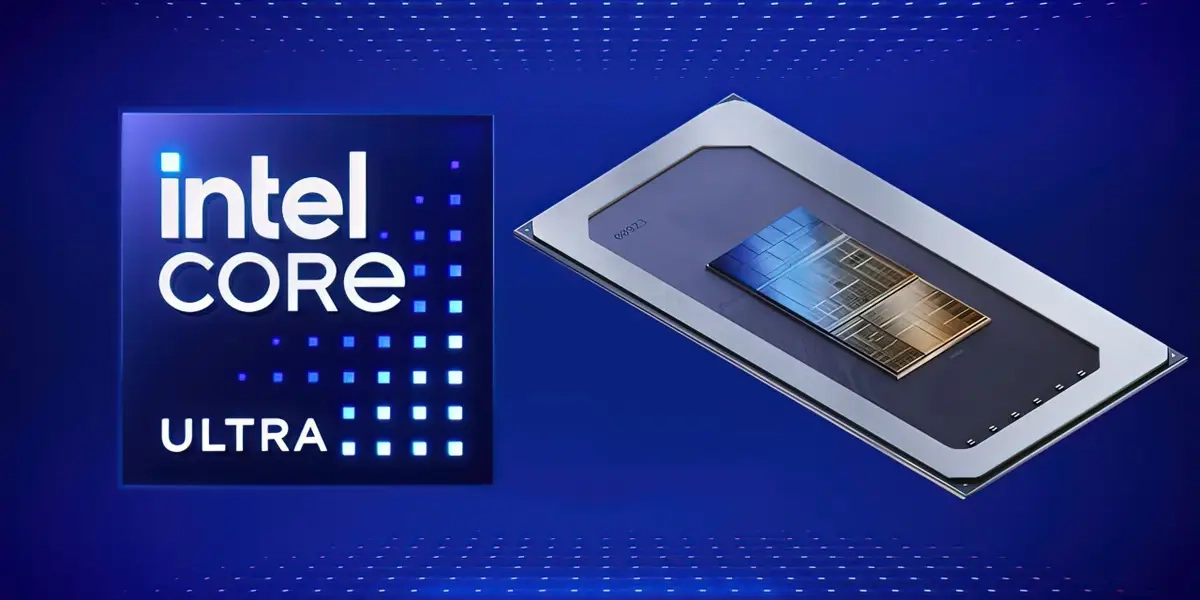
Intel Core Ultra is not only a new name but also a big step forward. The change can be seen in how this processor is built. Intel designed it with a method that allows all cores to be joined in one system.
It works in a similar way to a SoC (System-on-a-Chip) in a mobile phone. A phone SoC combines the CPU, GPU, and other key parts into one chip. Intel brings the same idea to laptops with the Core Ultra line, using 3D packaging technology called Foveros. This allows Intel to stack different silicon chips (called tiles) on top of each other.
The Core Ultra family uses this base design in two different ways, each for a different market.
1. Disaggregated Architecture (Chiplet-Based)
This design focuses on flexibility and high performance. The CPU, GPU, and I/O block are made as separate tiles. Each tile is produced with the best process for its job. Later, the tiles are combined into one processor. This type is used for high-performance processors:
- Core Ultra Series 1 (Meteor Lake – mainstream laptops)
This was the first generation to use the chiplet idea. It has a Compute Tile (CPU), Graphics Tile (GPU), and SoC Tile (NPU & I/O), each made with different processes.
- Core Ultra Series 2 (Arrow Lake – high-performance desktops and laptops)
This improves on Meteor Lake. It still uses tiles, but the CPU is much faster. The NPU is the same as in the first generation. Because of that, AI tasks depend on the combined power of CPU, GPU, and NPU.
2. Integrated Architecture (SoC-Based)
This design focuses on very high power efficiency. The CPU, GPU, and NPU are fused into one silicon tile. This reduces latency and saves power, making it suitable for thin and light laptops.
It is used in Core Ultra Series 2 with Lunar Lake. This is the version that feels most like a phone SoC, similar to Qualcomm Snapdragon or MediaTek Dimensity. Inside the package, all parts are fused into one Compute Tile.
This design includes a new NPU that is three times faster (~48 TOPS) and RAM that is built directly into the package. This makes Lunar Lake very efficient and strong for AI tasks in portable laptops.
The Core Ultra family is split into four lines:
Core Ultra 3
When Core Ultra first launched, Intel only announced Ultra 5, 7, and 9. But in 2025, Ultra 3 was confirmed as the entry-level option. The first model will be Core Ultra 3 205, with four P-cores and four E-cores. Their boost speeds are 4.9 GHz and 4.4 GHz.
Core Ultra 5
This is the best balanced choice. It is suitable for students and office workers who need a laptop for multitasking and daily tasks. Ultra 5 usually has 12 cores, though the mix of cores depends on the model.
It gives good value for money with strong performance and efficiency. Examples: Core Ultra 5 125H and Core Ultra 5 238V.
Core Ultra 7
This is a good choice for content creators, programmers, or people who play games sometimes. It gives extra power without the very high cost of the Ultra 9. Ultra 7 models come with 16 to 20 cores. Not all are performance cores, but the overall speed is very high. Examples: Core Ultra 7 155H and Core Ultra 7 265H.
Core Ultra 9
This is for professionals who need the best power, such as 3D artists, scientists, or gamers playing at the highest settings. Ultra 9 can have up to 24 cores. Laptops with Ultra 9 are usually very expensive. Examples: Core Ultra 9 185H and Core Ultra 9 285HX.
There are also desktop versions of Core Ultra, called Arrow Lake-S. These are very fast processors for heavy work and gaming. Examples: Core Ultra 9 285K, Core Ultra 7 265K, and Core Ultra 5 245K.
2. Intel Core

The Intel Core i series is now history. Intel has introduced two new families: Intel Core and Intel Core Ultra. We already looked at Intel Core Ultra, so now let’s talk about the regular Intel Core.
Intel Core is the direct successor to Intel Core i. Intel ended the Core i line after 15 years to make product choices easier for consumers. During the transition period, some 14th generation Core i models are still sold, but the old names were confusing and did not show the big changes between generations.
In the past, people who needed a fast processor often chose an Intel Core i7. But many did not realize that they were buying a much older generation. With the new naming, Intel wants to make it clear which processors have the latest features.
Core 3
This is the smartest choice for basic needs. It is great for students, business laptops, or a second laptop at home. Browsing many tabs, working in Office, and making video calls all run smoothly.
Core 3 is often found in thin laptops priced around USD 250-300. Examples are Intel Core 3 100U and its newer version, Intel Core 3 225U.
Core 5
This is the mid-range option. It can handle all daily tasks quickly. If you want a laptop that will stay reliable for the next three to four years, Core 5 is a safe choice.
Laptops with Core 5 come in many price ranges. Most of them also have at least 8 GB of RAM. Examples are Intel Core 5 120U, Intel Core 5 245U, Intel Core 5 210H, and Intel Core 5 220H.
Core 7
This is for people who don’t want the word “slow” in their daily life. Core 7 gives extra speed for heavy multitasking, opening big files, or running many apps at once.
Intel Core 7 continues the line of Intel Core i7. Its performance is very fast, and its price is often similar to Core Ultra 5. Examples are Intel Core 7 150U and its newer version, Intel Core 7 265U. There is also Intel Core 7 250H, often used in gaming laptops.
Core 9
If you need maximum performance, Core 9 is the answer. This series offers processors with many cores. For example, the Intel Core 9 285K has 24 cores and can reach speeds of up to 5.7 GHz. Core 9 is usually found in desktop PCs. Other examples are Intel Core 9 285, Intel Core 9 285T, and Intel Core 9 270H.
3. Intel Core i 14th generation
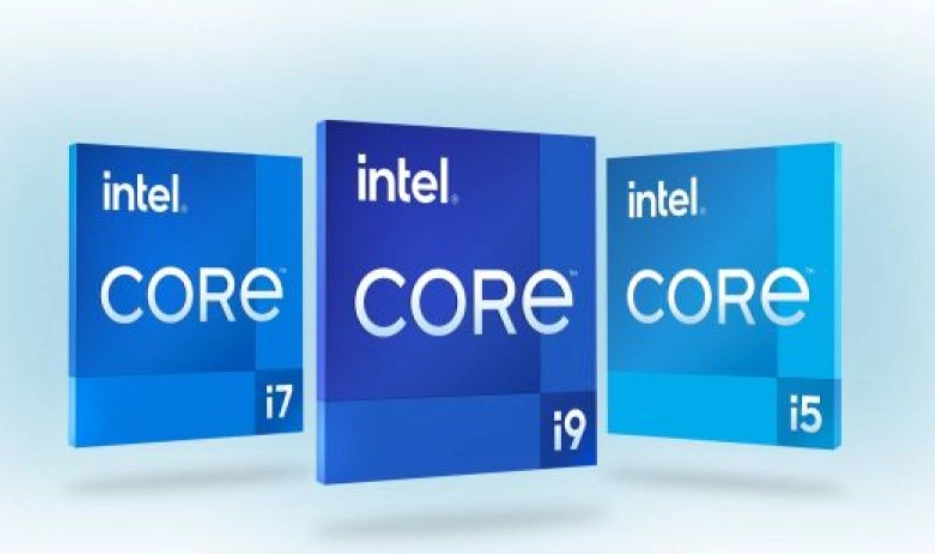
Intel Core i has been around for many years, from the first generation with three-digit names up to the 14th generation. Today, there are no new generations of “Core i” because Intel has entered a new era with Intel Core (without “i”) and Intel Core Ultra.
Even so, many laptops and PCs still use the 12th, 13th, and 14th generation Intel Core i. This is often because brands bought large stocks and are still selling them.
It would be interesting to talk about Core i from the first to the 14th generation, but that would be too long. So, let’s focus on the 14th generation, the final chapter of the famous Core i era.
The 14th generation is based on the same architecture as before, called Raptor Lake Refresh. It still uses a hybrid design with two types of cores: Performance-cores (P-cores) for heavy tasks and Efficient-cores (E-cores) for background tasks and saving power.
The 14th generation mainly focuses on desktop processors. For powerful laptops, Intel released the 14th Gen Core HX line (such as Core i9-14900HX and i7-14700HX). For mainstream laptops, Intel now promotes the new Intel Core and Intel Core Ultra.
Core i3
This is the smart choice for basic computing. It is good for office PCs, POS systems, or energy-saving home PCs. It can handle browsing with many tabs, Office tasks, and video calls smoothly. Based on Raptor Lake Refresh, it is still fast for daily use. Examples: Core i3-14100 and Core i3-14100F.
Core i5
This mid-range series is very popular. It is strong enough for both work and AAA games.
If you want a PC that will stay reliable for three to four years without spending too much, Core i5 is a good choice. This series has the widest range of performance and price. Examples: Core i5-14600K as a flagship and Core i5-14400F for a more affordable option.
Core i7
Core i7 gives extra speed for multitasking, video rendering, streaming, or running many applications at the same time. In the 14th generation, it has more cores than the previous one, making it closer to Core i9 in performance. Example: Core i7-14700K.
Core i9
This is the top level of the 14th generation. Core i9 is made for professionals, gamers, and overclockers who want maximum power. It can run games at high settings while streaming or handling 3D rendering.
A leading example is the Core i9-14900K, with boost speeds up to 6.0 GHz. I also often find laptops with the Core i9 HX line, made for extreme mobile performance.
4. Intel Celeron
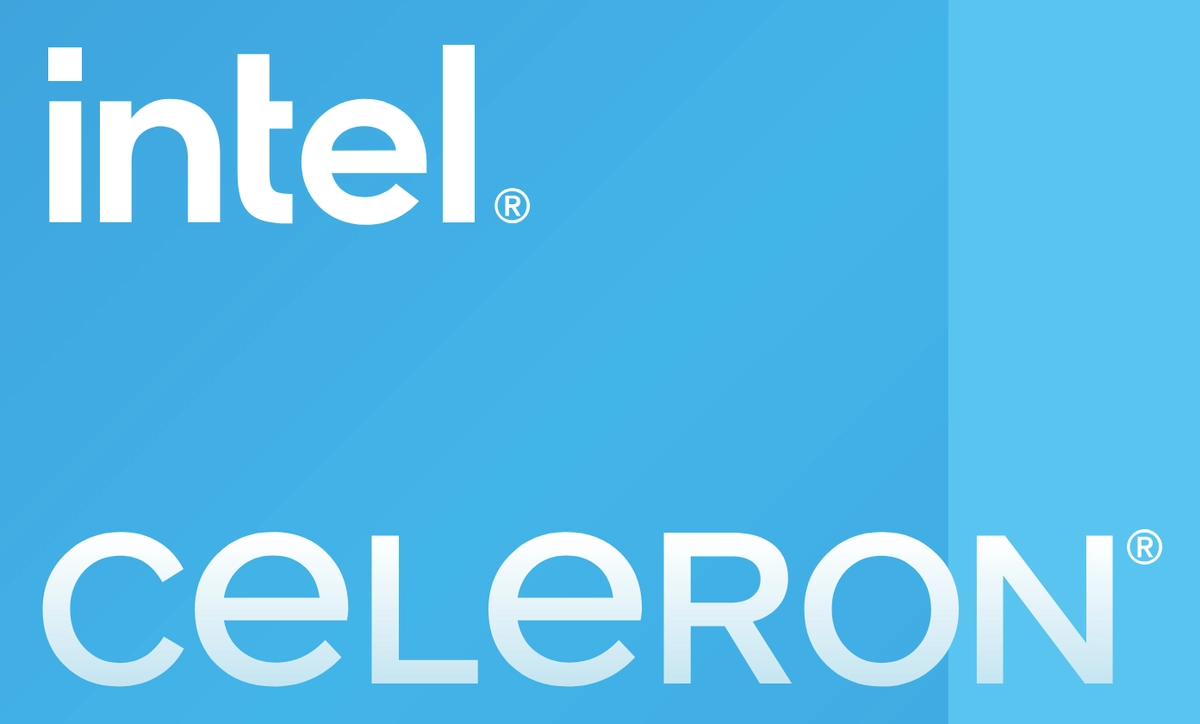
Intel Celeron was the entry-level series, below Pentium and Core i3. It was made to give an affordable option for low-cost laptops, Chromebooks, and basic PCs.
The low price comes with some limits. Celeron processors usually have fewer cores, smaller cache memory, and lower clock speeds compared to Core processors.
Celeron is good for simple needs. Students can use it for typing, online research, and light office tasks such as email and documents. It also works for browsing and streaming. But it is not suitable for modern games, video editing, or heavy multitasking.
Celeron used to be seen as slow, especially on laptops. But this view changed with the Alder Lake architecture. Intel then replaced the Celeron brand with Intel Processor for new laptops.
Examples are Intel N100 and Intel N200. These processors surprised the budget market because they use 4 Efficient-cores (E-cores), the same technology found in higher-end Alder Lake chips.
5. Intel Pentium
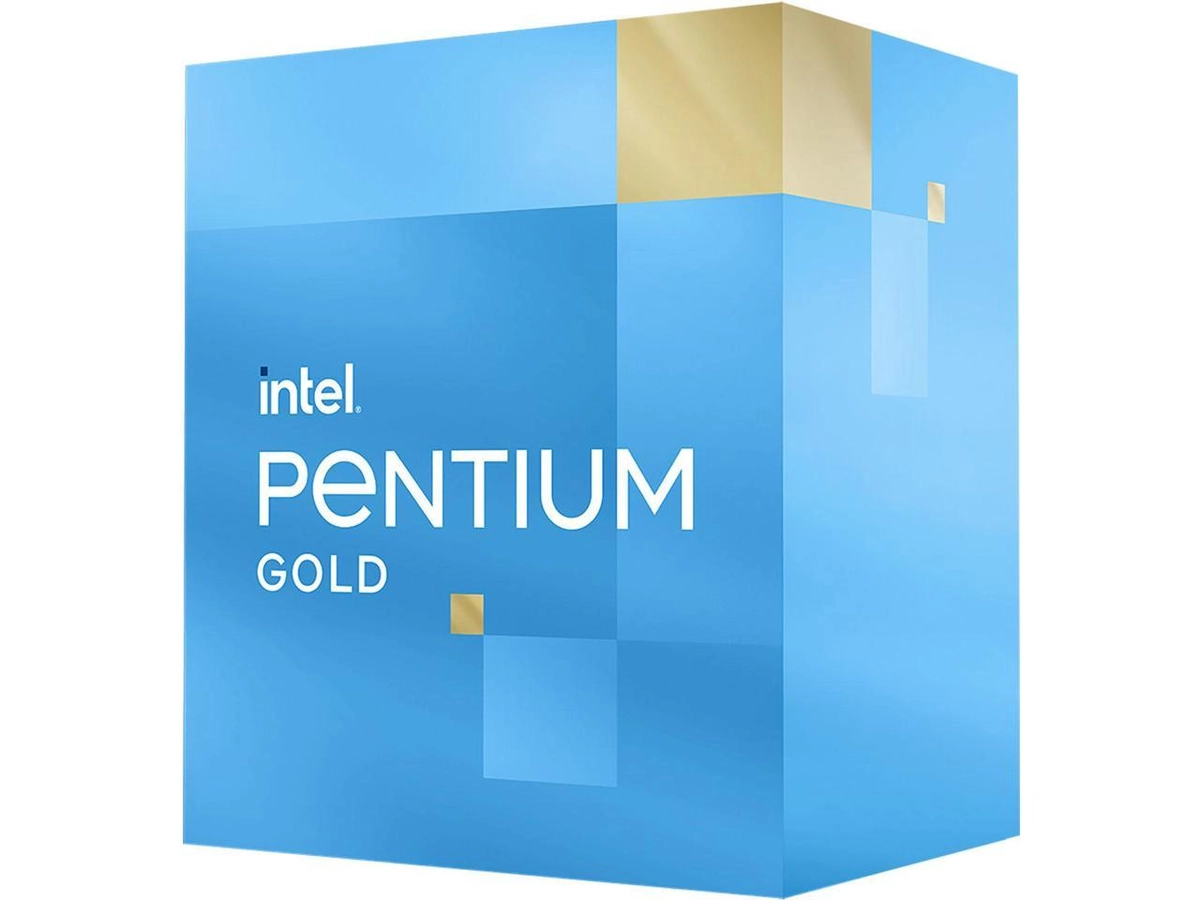
Intel Pentium processors are built for everyday essential computing. They are reliable and responsive compared to older entry-level lines, giving a smoother experience for tasks like web browsing, 1080p video streaming, and using Office applications.
However, Pentium is not meant for heavy workloads or multitasking, since its performance is below the more powerful Intel Core series.
In recent years, Intel Pentium has been divided into two main variants; Pentium Gold and Pentium Silver. Pentium Gold is used in desktops and laptops that need stable and consistent basic performance. A good example is the Pentium Gold G7400.
Pentium Silver focuses more on energy efficiency and battery life, making it suitable for portable devices like 2-in-1 laptops. A popular example is the Pentium Silver N6000.
Today, Intel no longer uses the Pentium name in its newest entry-level products. The Pentium and Celeron series have been merged under the name Intel Processor (such as Intel Processor N100 and N200). Even so, older Pentium units can still be found in the market as brands continue to sell off their stock.
6. Intel Atom

Intel Atom is a family of low-power processors made for energy-efficient computing. It belongs to the entry-level segment of Intel processors.
Atom processors are simple and not very fast. They were popular in the netbook era—small, affordable laptops that often felt slow and unresponsive even with light tasks. Atom was also used in some early smartphones, such as the first Zenfone line, but the performance was weak compared to rivals. This gave Atom a lasting image as a “low-end” processor.
In recent years, Intel simplified its entry-level laptop/PC lineup by replacing the Pentium and Celeron names with Intel Processor. However, the Atom brand was not discontinued. It was repositioned for more specific uses.
Now, Atom powers many non-consumer devices such as IoT equipment, POS systems, digital signage, factory robots, network gateways, and edge computing solutions.
Its strengths are excellent power efficiency, reliability for 24/7 operation, and long product life cycles. What was once seen as a weak processor has now become a key part of the professional technology ecosystem.
7. Intel Xeon
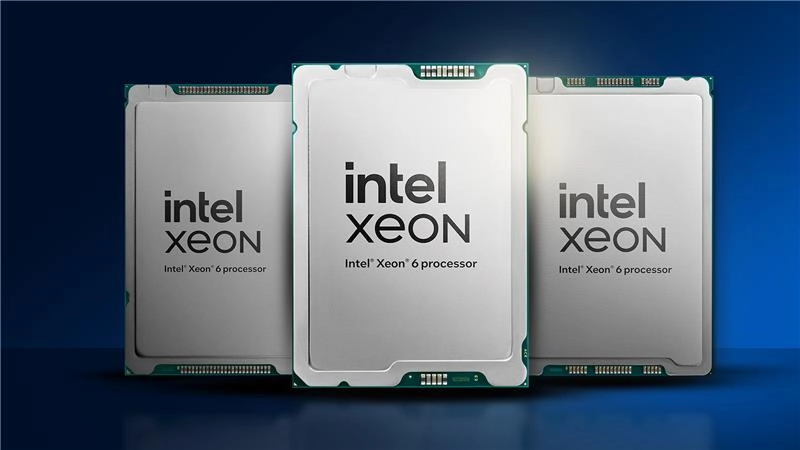
Intel Xeon is Intel’s line of heavyweight processors designed for professional and corporate environments rather than personal computers. It is not common to find laptops or desktops for everyday users that run on Xeon.
Instead, these processors are the driving force behind servers, data centers, and advanced workstations. In today’s world, where AI is being used more than ever, Xeon plays an even bigger role for companies.
The focus of Xeon is very different from Intel Core. While Core processors are designed for speed and consumer tasks such as gaming, Xeon emphasizes stability, reliability, and nonstop performance.
They can handle thousands of processes at once and keep digital services such as websites, applications, and cloud storage running continuously without interruption.
Modern Xeon processors also support a much higher number of cores compared to consumer CPUs, allowing them to run many virtual machines or serve multiple users at the same time.
In mid-2025, Intel introduced Intel Xeon 6, which brought two variants to the market. The first is designed with P-cores that focus on raw performance for AI and data analysis, while the second uses E-cores that provide high core density with maximum energy efficiency for cloud service providers.
Beyond this main line, Intel also produces Xeon W for creative professionals and engineers who need powerful workstations, as well as Xeon E for entry-level servers in small and medium-sized businesses.
With these roles, Intel Xeon continues to be a pillar of digital infrastructure, adapting to the needs of efficiency and performance in the era of AI and cloud computing.
That concludes the explanation of Intel processors. So, which Intel processor does your laptop use right now? Share your experience in the comments!
